What Is Insider Trading?
Publicly traded companies will always have insiders, provided they have directors and executives. They must know what insider trading is to avoid breaking the U.S. Securities and Exchange Commission’s (SEC) rules. Their position allows them to gain knowledge that might affect stocks outside of what is available to the public.
The SEC ensures that all traders have a level playing field (equal amount of public information) when trading. Insiders can violate that regulation because of their direct involvement in company operations. Hence, the SEC has strict regulations for those with material information about the stock that is not yet public.
Being an insider trader is not in itself illegal. Moreover, companies must have executives, directors, and those owning more than 10% of their securities. Our guide will provide a broad definition of insider trading and explore the laws and regulations you should follow.
[toc]Defining Insider Trading
Retail traders have little need to ask: Is insider trading illegal? They operate with public material information like everyone else, including day traders. However, this guide is for you if you are a company executive or in a position to obtain information before it reaches the public record.
Traders will continue trading a company’s stocks if they believe the market is fair. They expect zero manipulation and an unfair advantage with private information. Violating that trust can result in stock or asset price crashes as investors abandon them.
Company insiders can trade like every other retail trader. However, they must do so within the SEC’s framework to prevent trust violations.
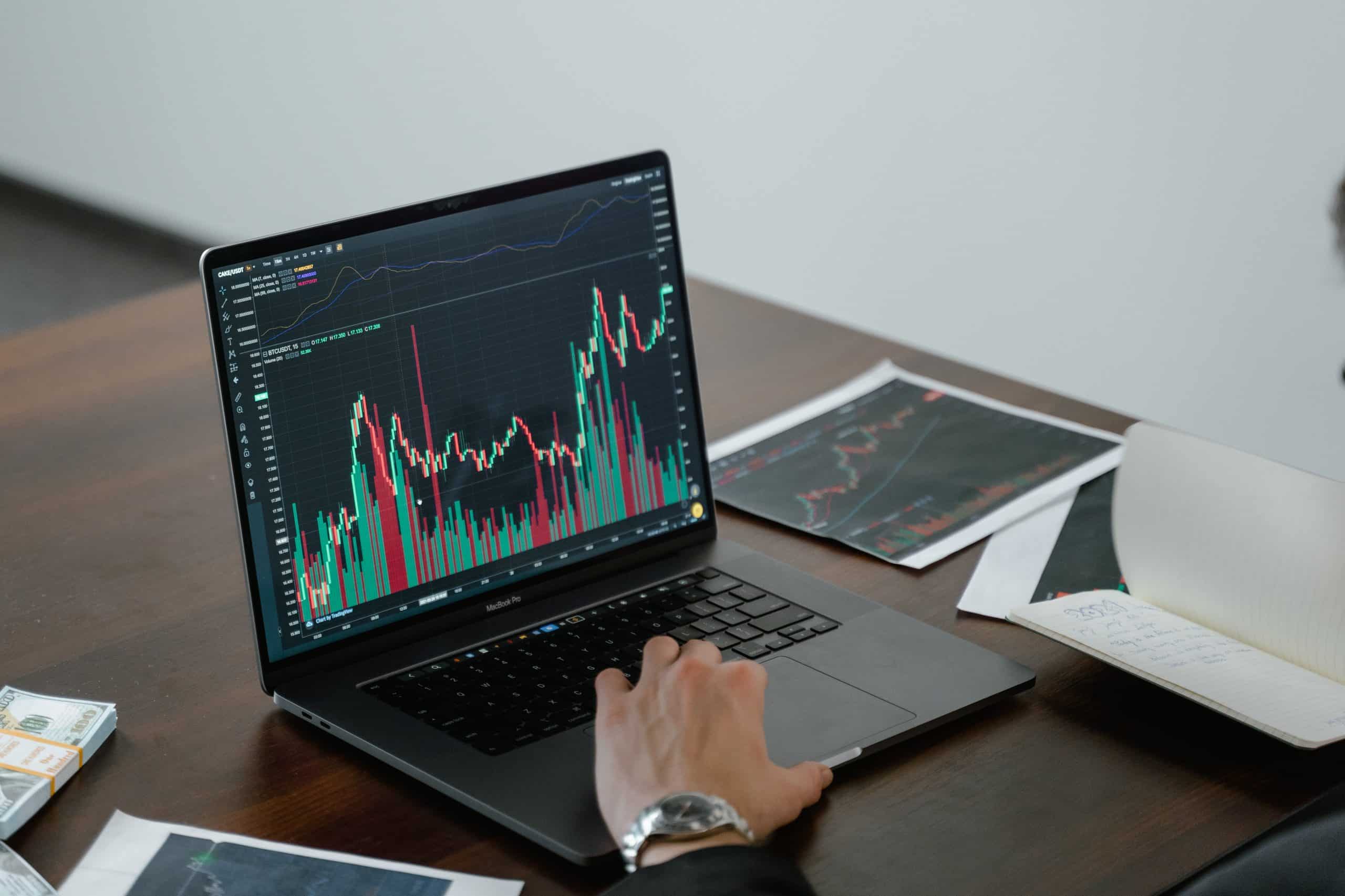
Clear Explanation of What Constitutes Insider Trading
Insider trading is the buying and selling of a company’s publicly traded securities by the company’s insiders. For example, Company X’s executive buying its stock will be considered insider trading. However, the practice goes further than that.
Using yet-to-be-public material information to make trading decisions constitutes insider trading. It doesn’t matter if the person executed the trade on regular day-trading apps or some proprietary platform.
Traders not involved in a company’s operations can conduct insider trading through insider information. For example, let’s assume Company X’s staff informs his attorney about an impending company scandal. The attorney might use this information to sell his Company X shares, resulting in insider trading.
Differentiating Between Legal and Illegal Insider Trading
The table below shows the difference between legal and illegal insider trading:
| Legal insider trading | Illegal insider trading |
|---|---|
| It involves insiders trading the company’s securities while informing the SEC | It involves insiders trading the company’s securities with private material information without informing the SEC. |
Key Participants and Their Roles in Insider Trading
The following are key participants in insider trading:
- Insider traders: These individuals can obtain non-public material information that can be helpful in trades. They include corporate insiders (part of the company) or outsiders with inside knowledge.
- The SEC: This body regulates securities in the United States.
- The whistleblower: This individual divulges crucial non-public material information. He may do so unknowingly, like in the case of speaking to an attorney or therapist (both should be confidential).
Historical Overview of Insider Trading Cases
We’ve established when insider trading is illegal and when the SEC considers it ok. History contains people who profited from this practice, using insider information to guide their trading decisions. Some got away with fines, while others had to see the four walls of the prison.
The penalty for insider trading did not begin when public trading began in 1602. Instead, it evolved as the government and the market learned of this unfair advantage. Today, the insider trading penalty is as clear as crystal.
William Duer (1789) can be considered an insider trader because he used confidential information to speculate on bank stocks. However, this insider trading case predated the establishment of rules against the practice.
We will explore notable insider trading examples and how the laws and regulations came to be.
Notable Examples of Insider Trading Scandals
The following are prominent insider trading examples:
- Ivan Boesky: The Wall Street titan used his connections to corporate insiders to speculate on corporate takeovers. His firm made vast amounts of money from these speculations. However, an SEC investigation revealed his culpability, resulting in a 3.5-year prison sentence and a $100 million fine.
- Martha Stewart: This businesswoman landed a five-month prison sentence and a $30,000 fine for selling around 4,000 shares in ImClone. The latter’s drug was rejected by the FDA, resulting in a steep fall in its stock price. However, Wazkal (ImClone’s CEO, also convicted of insider trading) had informed several executives to sell their stocks before the FDA’s verdict.
- R. Foster Winans: The respected journalist got caught divulging insider information to a stockbroker. He informed the latter of what he would publish in his upcoming columns, helping the latter make better-informed trading decisions. Winans shared in the profits but lost out after exposure.
Wall Street relationships can quickly lead to illegal insider trading. Hence, executives must watch their conversations not to divulge any information that can count as material information for trading.
Evolution of Laws and Regulations Surrounding Insider Trading
Insider trading laws took a while to catch up with the practice. However, the SEC has kept up with its oversight duties.
The Securities and Exchange Commission Act of 1934 was the first major law to cover insider trading. While it remains the authoritative federal law governing insider trading, states may have individual laws.
Several amendments have occurred to the 1934 law. Notwithstanding, it remains the regulations for insider trading in the U.S.
The 1934 law outlines several things, including manipulative devices, proxies, and civil penalties for insider trading.
Impact of High-Profile Cases on Market Integrity
Investors and traders want fair trades based on all the public information. Of course, specific things will always remain beyond the public’s knowledge. Revealing information that can influence trading decisions for higher profit damages a company’s reputation.
A loss of market integrity will decrease liquidity as fewer investors and traders buy and sell. Companies in these scandals may easily file for bankruptcy under heavy fines and punishments.
Insider Trading Laws and Regulatory Bodies
The laws in the country extend from corporate insiders to non-fiduciaries. They define what insider trading is and the penalties for such.
While the US and UK prohibit insider trading, some countries have no legal inhibitions on it. A prominent example is North Korea.
Overview of Securities Laws Pertaining to Insider Trading
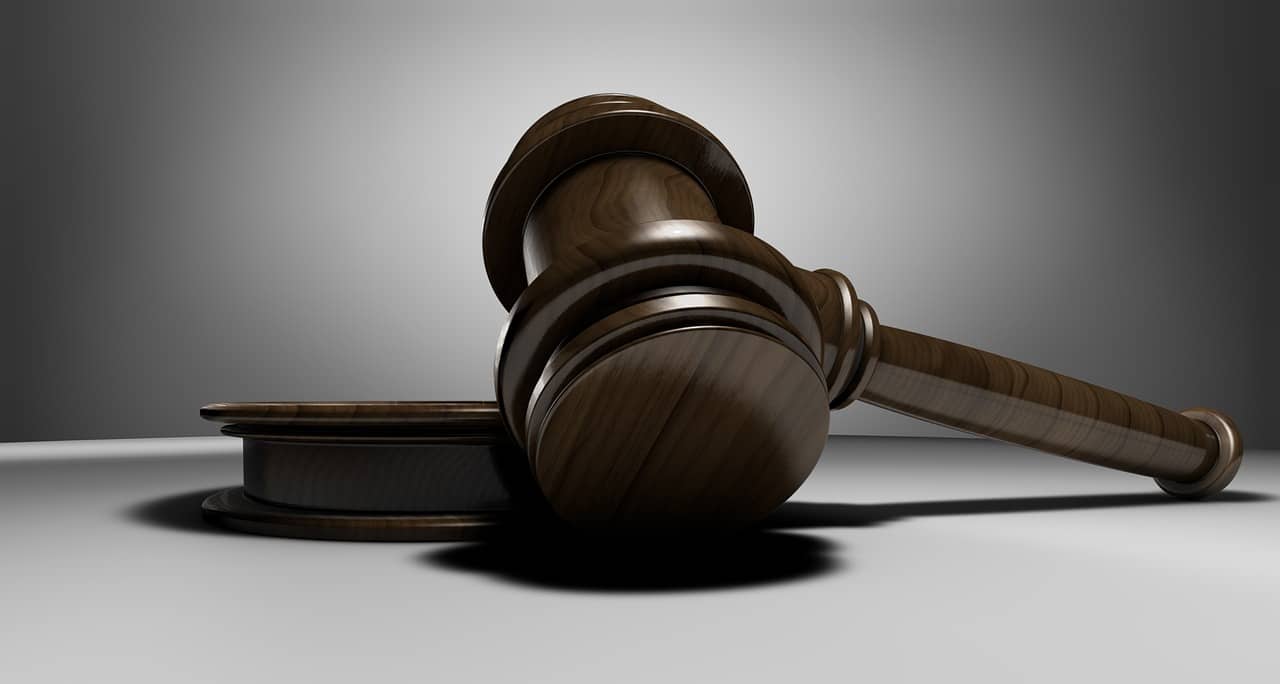
We can point to federal law as the sole authority for regulating insider trading in the United States. The securities laws include the following:
- A corporate fiduciary must not trade the securities of his or her firm with material non-public information.
- Tippees aware of fiduciary duty breaches by their tippers must not trade with the information or tip others.
- Those who acquire information because of their business or professional relationship with the company must not trade with it.
- Those with material, non-public information related to a tender offer must not trade with it.
You can refer to Rule 10b-5 and Rule 14e-3 for more information on the laws. The courts rely on them in cases involving insider trading.
Other laws governing insider trading include the following:
- The Insider Trading and Securities Enforcement Act of 1988
- The Sarbanes-Oxley Act of 2002
- Dodd-Frank Wall Street Reform and Consumer Protection Act of 2010
Role of Regulatory Bodies in Enforcement
The primary regulatory bodies for enforcement include the following:
- The Department of Justice: This body prosecutes criminal cases. The SEC refers criminal cases to this body.
- The SEC: It can take civil suits to federal courts. The civil penalty may be three times more than the defendant’s profits.
- Private civil actions: A corporation can recover short-swing profits made by insiders within six months.
Global Perspectives on Insider Trading Regulations
The United Kingdom took a stand against insider trading in 1980. Until that point, fiduciaries had no obligation to shareholders. Notwithstanding, the Panel on Takeovers and Mergers and the Stock Exchange had rules against insider trading.
Japan has modeled its trade laws after those of the U.S. However, it waited until 1988 before explicitly criminalizing insider trading.
Your location is secondary, as per insider trading laws. That means the law applies to the stock market and not necessarily the country. Staying in a country with insider trading laws and trading the U.S. stock market makes you liable for any violations of U.S. law.
Review the stock market’s host country’s laws before doing anything considered insider privilege. Fortunately, these laws are available on several government websites to give you a head start before you fund your accounts and start trading.
Researching corporate laws should be part of your research on stocks before trading.
Prohibited Activities and Insider Information
Being a corporate insider doesn’t stop you from buying and selling shares. However, your trades will come under the SEC’s scrutiny. You must submit your trades within specific periods of conducting them.
The SEC has specific prohibitions that extend from corporate to temporary insiders. You don’t need to be part of a company to be culpable for insider trading breaches.
Definition of Insider Information and Materiality
Insider information is non-public facts that contain a company’s plans or financials that can give an individual an advantage in the stock market. It is the foundation of the meaning of insider trading.
Shareholders do not have insider information or are yet to have it. Hence, those with it have an unfair advantage. For example, a company executive may sell off his or her company stocks on the eve of a major scandal.
Materiality refers to how important a piece of information is to investment decisions. That means a reasonable investor will find it essential to buy or sell his shares.
Types of Prohibited Insider Trading Activities
The following are types of prohibited activities in insider trading:
- Keeping material information from the public
- Tipping others off with material information
- Misappropriating information
- Trading based on material information
Misappropriating information involves theft or the unauthorized use of the information for personal gains in the stock market. Criminal penalties can result in up to 20 years of imprisonment.
Civil fines are also awarded. The law encourages companies to have in-house deterrent systems.
Pre-arranged trading plans do not count as insider trading even after the non-public information becomes available. The law assumes you made the trading plans before the non-public information became available.
Implications of Trading on Material Nonpublic Information
This practice erodes investor confidence in a fair and level playing field. It is among the primary reasons why many investors avoid the capital market. They believe the market will always be rigged by big-time players with material non-public information.
The share price might also fall as investors pull away from the company and enter other markets. Hence, while insider traders may benefit in the short term, they place their companies at huge risk of losing their shareholders. A drop in investors can result in a drop in liquidity, forcing the company to lack funds for operations.
Reporting and Disclosure Requirements
The SEC provides a reporting guide for all corporate insiders when they trade. This approach helps the regulatory body determine if they acted with material non-public information or not. It also spares the company the stress of undergoing an intense investigation to uncover illegal insider trading.
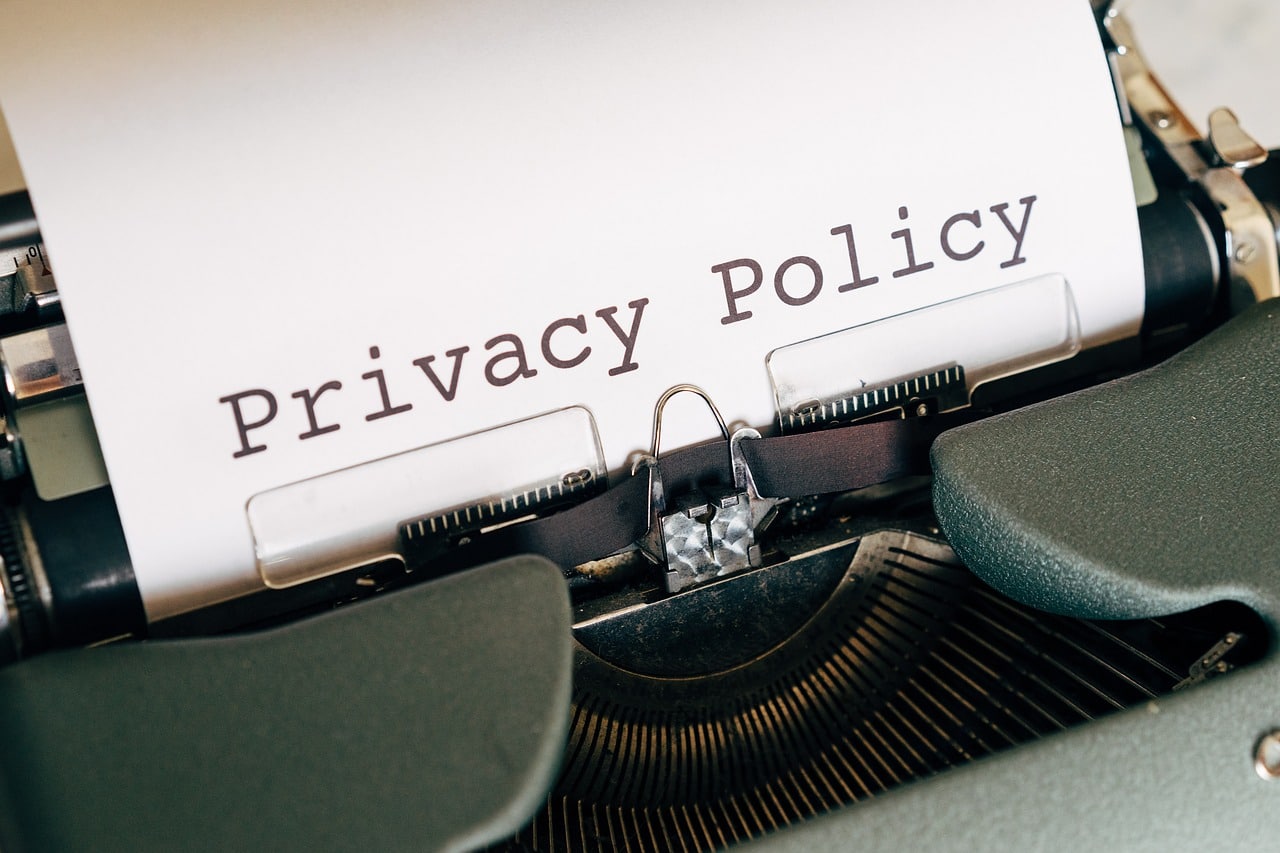
Obligations of Insiders in Reporting Trades
Insiders hoping to benefit from material non-public information tend to hold out reporting until they rake in profits. However, the SEC regulation obliges them to report their trades. These reports then become retrievable to the public through the EDGAR system.
Failing to report within the specified window can result in prison time. Maret confidence will be lost once investors discover that an insider acted on privileged information.
Forms and Timelines for Insider Transaction Disclosures
The SEC has several forms to cover as many aspects of insider trading as possible. These forms define what insider trading is in different ways to ensure all insiders and temporary insiders are captured. Here are the forms and timelines for insider transaction disclosures:
- DEF 14A: This form is a proxy statement that shows executive and management salaries and other bonuses or perks. It must be filed before major significant shareholder meetings or before seeking shareholder votes on major corporate decisions.
- Form 13D: This is the beneficial ownership report and anyone acquiring five percent of a company’s voting shares must fill it out. The form should be filled out and submitted within 10 days of the purchase.
- Form 13G: This form serves the same purpose as Form 13D. However, it is for those who do not intend to influence the issuing company or own less than 20 percent of the company stock.
- Form 144: It covers insiders that sell over 5,000 shares or shares worth over $50,000 within three months.
- Forms 3, 4, and 5: Corporate insiders must fill out these forms when buying or selling company shares.
Other forms are available for the companies to fill out. Some come at the end of a fiscal year to show the company’s performance. Significant corporate events can also require form fill-outs.
Investors can look up these forms on the EDGAR system to make trading decisions. That way, whatever information an insider traded with becomes public knowledge, leveling the playing field.
Ensuring Transparency in Financial Markets
Reporting and disclosure requirements are to maintain transparency in the financial markets. Investors will not consider any insider earnings unfair because they too had the same material information.
Methods for Detecting Insider Trading
The SEC has several ways of detecting insider trading. It also offers several compliance pieces of advice to help companies avoid a full-blown investigation.
Compliance methods include the following:
- Immediate public dissemination of material information
- Press releases before analyst meetings
- Creating information barriers to limit the spread of material information
- Physically separating departments
- Preventing personnel from overlapping
The methods for detecting insider trading include the following:
Surveillance Systems and Data Analytics
Trades must be surveilled and analyzed. The SEC uses powerful tools to surveil the market and identify insider trading. They double down during significant corporate events like earnings reports, acquisitions, and mergers.
Most insider trades result in huge, anomalous scores that raise alarm bells. Once flagged, the SEC may launch an investigation, analyzing the data to determine if the trader used material nonpublic information.
Monitoring Unusual Trading Patterns and Volume
A corporate executive who made small trades below $5,000 suddenly purchasing over $50,000 shares will be considered unusual. The SEC has tools to detect these anomalies and investigate them appropriately. One way is to track back the forms to see if the executive filled them after making the trade.
Cooperation with Financial Institutions and Whistleblower Programs
Financial institutions are obliged to provide relevant information to the SEC. The latter monitors the stock markets and all stakeholders involved. Hence, regular partnerships are formed during investigations.
The SEC Whistleblower program allows individuals to report possible federal regulation violations. It provides monetary incentives to encourage them. The incentive could range from 10% to 30% of the money recovered from the insider trade.
Investigative Processes and Legal Actions
The investigative process often begins with either a regulatory system flag on a trade or information from a whistleblower. Then, you’ll have several investigative procedures, like witness interviews, examinations of trading records, subpoenaing of phone calls, etc.
Investigative methods have expanded. For example, the SEC used wiretaps in the Galleon Group case. Like other criminal investigations, the SEC must make sense of several pieces of evidence and establish a chain of events.
Once investigations are complete, the staff will submit the findings. The SEC can initiate an administrative action or file a court case against the defendant.
Role of Regulatory Agencies in Investigating Insider Trading
Regulatory agencies must gather evidence concerning insider trade. It does this through several means, the latest being wiretaps. The aim is to establish that insider trading occurred and prove that the defendant violated the rules during the trades.
Witness testimonies come in if material information is shared. That means the trader is not directly involved with the company.
Legal Procedures for Charging and Prosecuting Offenders
The SEC can impose civil penalties, like fines and profit remittances. It refers criminal prosecution to the Department of Justice. The table below shows what happens in civil and administrative actions:
| Civil action | Administrative action |
|---|---|
| The SEC approaches a US District Court with the complaint. | An administrative law judge presides over the proceedings |
| The SEC may seek an injunction to prevent further violations or sanctions and civil monetary penalties | Sanctions may include cease and desist orders, revocation of the financial industry registration certificates, civil monetary penalties, etc. |
Penalties and Consequences for Insider Trading Convictions
The court determines the penalties for insider trading. This occurs after determining the facts and circumstances. The following are typical penalties:
- Fines
- Disgorgement of profits
- Prison sentence
- Revocation of financial industry registrations
- Revocation of licenses
Monetary fines will not exceed three times the profits or losses avoided by the insider trader.
Challenges and Limitations in Enforcement
The complete meaning of insider trading shows that it is not limited to regional trades. An insider trader can perform tractions in the U.S. stock market outside the U.S. That poses a challenge to the SEC’s enforcement duties.
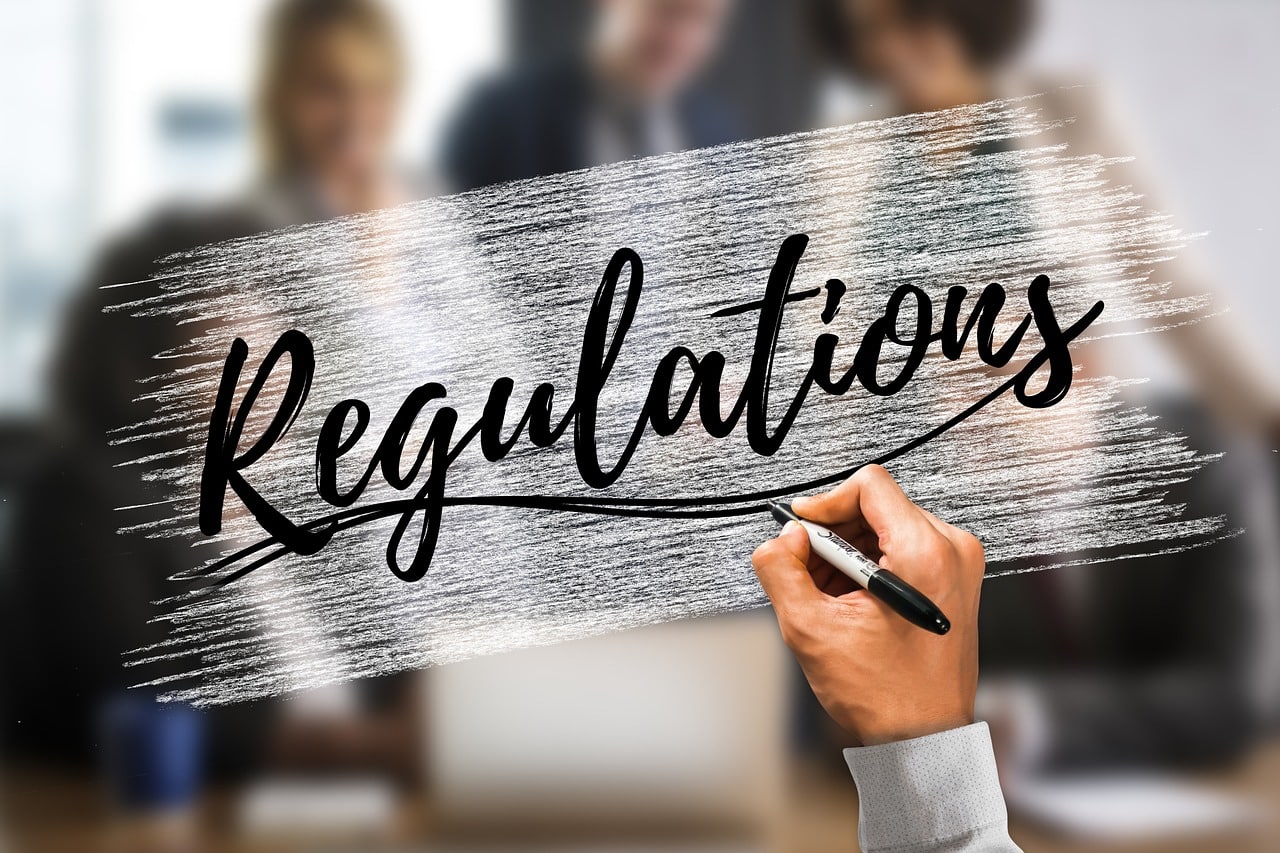
Cross-Border Challenges and Jurisdiction Issues
Investigations outside the U.S. are not as those in the country. The SEC must deal with the host country’s federal laws. It gets more challenging in countries with less-than-stellar diplomatic relationships with the United States.
Prominent cross-border cases include the 2019 Ukrainian hacker group and the 2018 former Goldman Sachs banker and a former Federal Reserve Bank of New York employee. Even so, the SEC has made progress in addressing cross-border jurisdiction challenges. It entered a Memorandum of Understanding with the UK Financial Conduct Authority (FCA) to facilitate information exchange and cooperation.
Addressing Insider Trading in Non-Public Markets
Non-public or private markets have fewer regulations than public ones. They have less transparency as the government has little to no influence. However, companies promoting them must ensure insider trading is prohibited.
Continuous Evolution of Enforcement Strategies
Cybersecurity continues to evolve as hackers find new ways to break into secure digital platforms. Similarly, the SEC must evolve to accommodate new tactics for insider trading.
The SEC has made several amendments to the insider trading laws, including the December 14, 2022, version.
Ethical Dimensions of Insider Trading
Business ethics are crucial to maintaining client-customer relationships. Similarly, insider traders must operate within specific ethics to keep the market healthy and trustworthy.
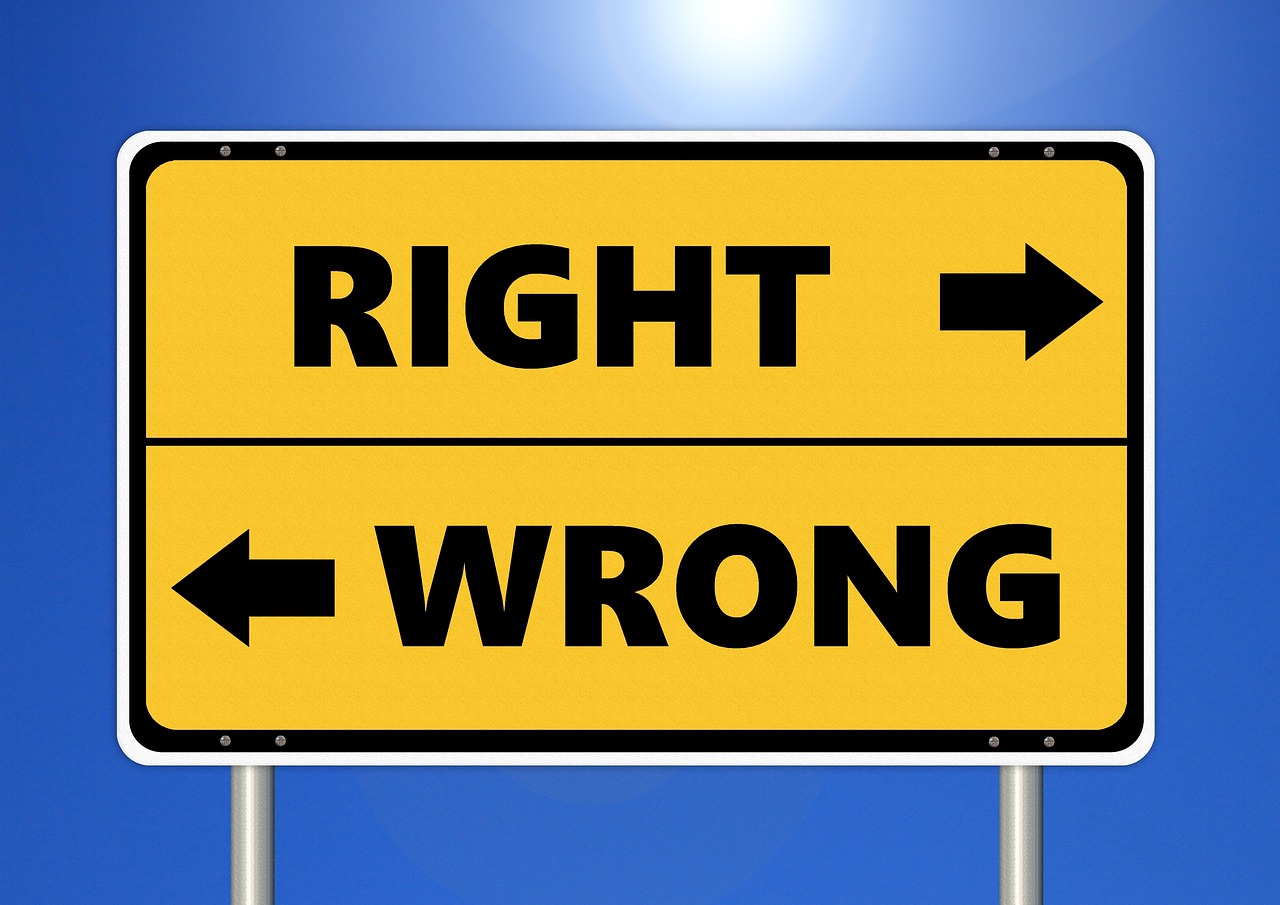
Impact on Market Integrity and Investor Confidence
Insider trading ruins market integrity. For a while, investors will remain reserved until the flames die off. Even so, they might avoid culpable companies and go for other stocks.
In extreme cases, companies involved in insider trading can cease operations. The market will pick up soon enough and trading continues as always.
Corporate Culture and Ethical Responsibility
Companies owe it to their shareholders to prevent insider trading. Firewalls are necessary to segment and curtail information flow.
Press events, regular announcements, and transparent operations are ways to encourage public trust. Keeping shareholders informed boosts their confidence in having a level playing field.
Balancing Information Flow Within Corporations
Information should be on a need-to-know basis. Keeping a log of meetings with C-suite executives can also prevent insider trading. Other ways to balance information flow include the following:
- Physical departmental separation
- Maintain communication records of departments
- Employees should have written compliance policies
Best Practices in Corporate Governance
Insider Trading Policies and Employee Education
Companies must actively guide against insider trading practices. Prominent policies include the following:
- Blackout periods to prevent trading around significant events
- Trade monitoring around significant events like earnings reports
- Keep a log of meetings with C-suite contacts
Employees should be educated in the company’s insider trading policies. This should be in written form to ensure longevity and easy reference.
Role of Boards and Committees in Oversight
The roles of boards and committees include the following:
- Establishing policies and procedures
- Reviewing and amending policies and procedures
- Training employees
Fostering a Culture of Transparency and Compliance
Transparency and compliance should go beyond the company walls. Investors must know that the company is taking active steps to prevent insider trading.
Future Trends and Emerging Issues
Technological Advances and Insider Trading Risks
Once, we needed human stockbrokers to buy and sell stocks. Today, we can do everything from the comfort of our homes with the right-powered devices. Smartphones have become capable of hosting stock trading platforms.
Artificial intelligence becomes more capable as we progress. Today, we have AI stock-picking apps. Still, it poses a risk to insider trading.
Social media is another technological advancement where we can obtain non-public information. Unguarded and unfiltered chats can lead to information leaks.
Hackers can also obtain non-public information, as seen in the Ukrainian hacker group case.
Legislative Developments and Reforms
Developments and reforms that will aid the fight against insider trading include the following:
- Increased penalties
- Whistleblower protection
- Increased enforcement
- Improved surveillance
- Mandatory reporting
The Role of Investors and Shareholders in Promoting Accountability
Investors and shareholders can refrain from seeking non-public information. They should not use their business, professional, or personal relationships to become temporary insiders. Instead, they should trade with the available public information.
Recap of Key Insights into Insider Trading
Here are a few recaps to keep in mind:
- Company insiders can trade like other investors and shareholders
- Company insiders must report their trades in the appropriate SEC forms
- The SEC regulates insider trading in the U.S.
- Insider trading causes a loss of trust in the public market
- The SEC investigates insider trading through surveillance and interviews
- Penalties include fines, disgorgement of profit, and prison sentence
The Importance of Vigilance and Compliance
Here’s why you must be vigilant and comply with the laws:
- To recognize manipulated markets
- To avoid fines and penalties when trading as an insider
Conclusion
We’ve seen what insider trading is and how it affects the public market. You can trade as a corporate insider. However, you must do so without using any non-public information.
References
- https://www.businessinsider.com/worst-insider-trading-scandals-2011-11?r=US&IR=T
- https://finance.yahoo.com/news/10-unbelievable-cases-insider-trading-172050946.html
- https://insidertrading.procon.org/view.resource.php?resourceID=001516
- https://www.sec.gov/edgar/about
- https://www.cfainstitute.org/en/ethics-standards/ethics/code-of-ethics-standards-of-conduct-guidance/standards-of-practice-II-A#reporting
